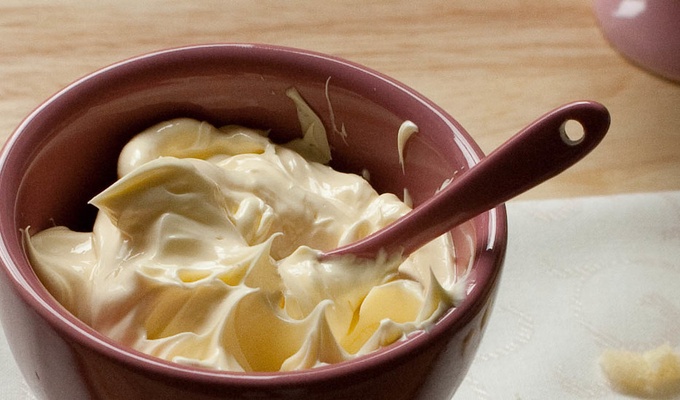Milk fat, also known as butterfat, is a triglyceride fat naturally present in the milk of mammals, with cow’s milk containing approximately 3.5–4% milk fat by volume. In the process of cream separation, the fat-rich portion, known as cream, typically contains between 18% and 40% milk fat, depending on the intended grade (e.g., light cream, heavy cream).
Milk fat exists in the form of globules surrounded by a membrane, conferring stability and preventing rapid separation under normal conditions. The composition of milk fat includes a variety of fatty acids, with short-chain (such as butyric acid), medium-chain, and long-chain fatty acids.
Milk fat contributes to a rich mouthfeel, opaque appearance, and characteristic flavor in dairy-based foods. Its emulsifying properties enable it to blend water- and fat-soluble ingredients, which is essential in sauces, ice cream, and baked goods.
Milk fat is sensitive to temperature; it melts over a range (~30–34°C, or 86–93°F), imparting smoothness to confections and desserts. Upon exposure to heat, milk fat can separate if overheated, and prolonged high temperatures affect its flavor through the Maillard reaction and lipid oxidation. In acidic environments, milk fat generally remains stable as the fat globule membrane resists coagulation, though it can be mechanically destabilized in processes such as butter-churning.
In food production and preparation, milk fat is utilized as both a primary and modifying ingredient. It serves as the main ingredient in butter and ghee, and as a critical emulsifier in cream-based sauces and soups. In baked goods, milk fat shortens gluten strands, resulting in tender crumb and structure in items like cakes and pastries. Its ability to encapsulate aroma compounds enhances flavor retention, and it is instrumental in aerating mixtures, such as in whipped cream. Milk fat’s functionality extends to its use in confectionery, where it affects texture, sheen, and shelf life of products like chocolate and caramels.
